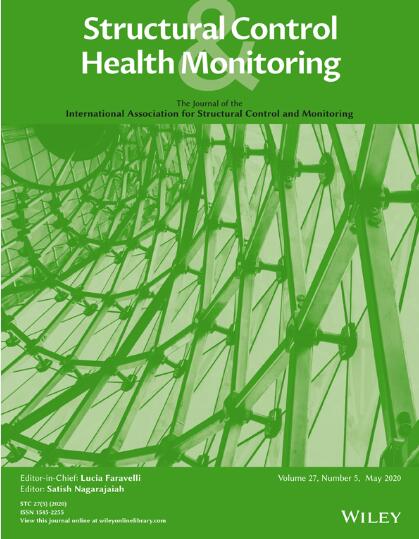An Advanced Computer Vision Method for Noncontact Vibration Measurement of Cables in Cable-Stayed Bridges
Abstract
With the development of computer and image processing technologies, computer vision (CV) has been attracting increasing attention in the field of civil engineering measurement and monitoring. Cables in slender structures have unique challenges for CV-based vibration measurement methods, such as low pixel proportion and sensitivity to environmental conditions. This study proposes a noncontact vibration measurement method based on a line tracking algorithm (LTA). The robustness and applicability of the proposed method under varying image resolutions, signal-to-noise ratios, and cable inclination angles were systematically evaluated through experimental test of a cable specimen. To validate the effectiveness of the proposed method for practical detection applications, a vibration test on a scaled cable-stayed bridge model was carried out. The numerical result indicates that the LTA provides high reliability and accuracy values of the cable force. The maximum errors of the first-order self-vibration frequency and cable force of the scaled cable-stayed bridge is 0.99% and 2%, respectively. The proposed method maintains strong stability across various conditions, which provides a reference for long-term structural health monitoring of cable-stayed bridges.


 求助内容:
求助内容: 应助结果提醒方式:
应助结果提醒方式:


